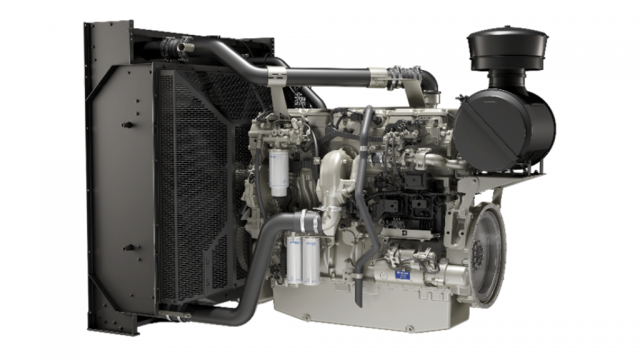Maryland Transportation Authority Deflects Blame for Key Bridge Collapse
The NTSB says the MDTA should have been aware of the bridge's collapse risk. The MDTA blames the owner of the ship that crashed...

The Maryland Transportation Authority recently reiterated that it blames the ship Dali's owners for the deadly collapse of the Baltimore Francis Scott Key Bridge, after the National Transportation Safety Board said MDTA could have taken steps to avoid the catastrophe.
New recommendations from the National Transportation Safety Board have directed 30 owners to assess the vulnerability of 68 bridges in 19 states to vessel collisions, a result of the board’s ongoing investigation into the deadly Key Bridge collapse last year.
The NTSB stated the MDTA would have been aware of the Key Bridge’s vulnerability to collapse – and would have been able to take steps to reduce that risk and the loss of lives – had it conducted a vulnerability assessment.
The MDTA issued a statement after NTSB’s recommendations were announced, reiterating that it placed the blame for the collapse on the owner of the Dali, which crashed into the bridge last year and triggered the structure’s collapse. MDTA also stated it was reviewing the NTSB’s vulnerability assessment recommendations and will provide an update to the NTSB within 30 days.
Since the collapse of the Key Bridge, the NTSB has identified 68 bridges that were built before the American Association of State Highway and Transportation Officials published its vulnerability assessment calculation for new bridges in 1991. The 68 bridges have no current vulnerability assessment, and the NTSB is recommending owners calculate the annual frequency of collapse for these structures using AASHTO’s Method II calculation.
The Key Bridge’s construction predated the release of those AASHTO calculations, and the NTSB found the Key Bridge’s risk of collapse from a vessel collision was almost 30 times over the acceptable risk threshold for critical or essential bridges. The Key Bridge was also built before the Federal Highway Administration began, in 1994, requiring new bridges be designed to minimize the risk of catastrophic collapse from a vessel collision.
AASHTO’s initial 1991 vulnerability assessment calculations were published in response to the NTSB’s investigation into the collapse of Florida’s Sunshine Skyway Bridge. In 2009, AASHTO reiterated its 1991 recommendation that all bridge owners conduct catastrophic collapse vulnerability assessments for vessel collisions on existing bridges.

 machineryasia
machineryasia 





